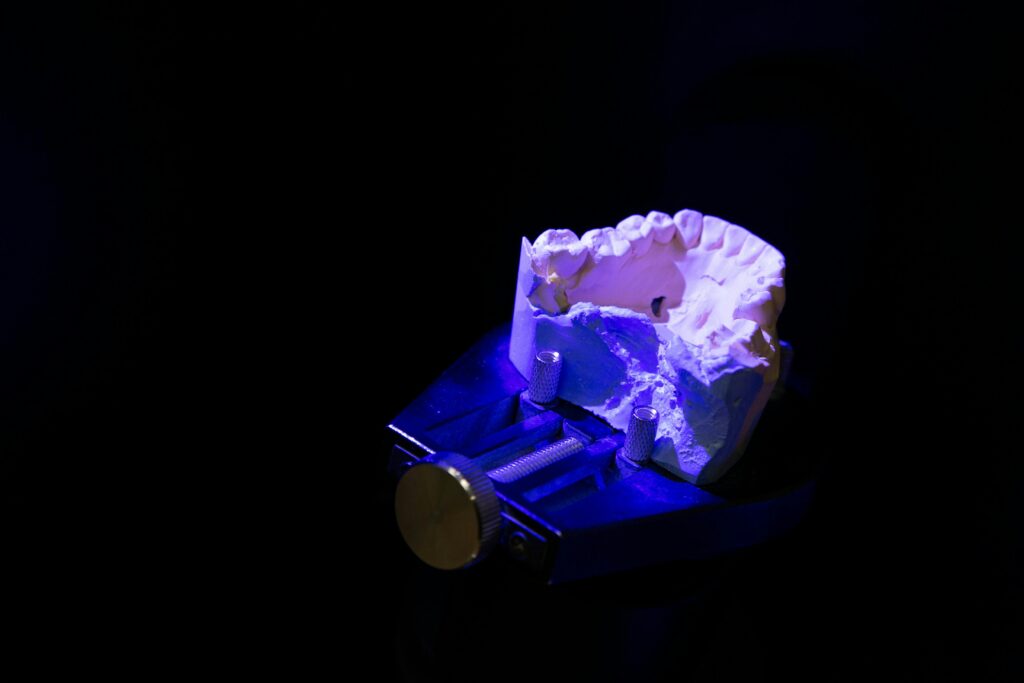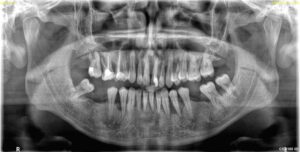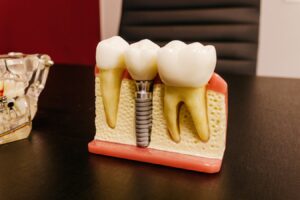The screw-retained fixed temporary prosthesis on implants represents a major innovation in the field of dental implantology. It allows patients to quickly benefit from an aesthetic and functional solution following implant placement. Unlike removable prostheses, this temporary restoration is securely attached to the implants, providing superior comfort and stability.
Benefits of the Screw-Retained Fixed Temporary Prosthesis
One of the main advantages of the screw-retained provisional prosthesis is its ability to protect the implants during the healing phase. It distributes chewing forces more evenly, thereby reducing the risk of overload and implant failure. Additionally, this temporary solution significantly enhances immediate aesthetics, which is crucial for patient satisfaction—especially in the visible areas of the mouth.
Placement Process and Technical Considerations
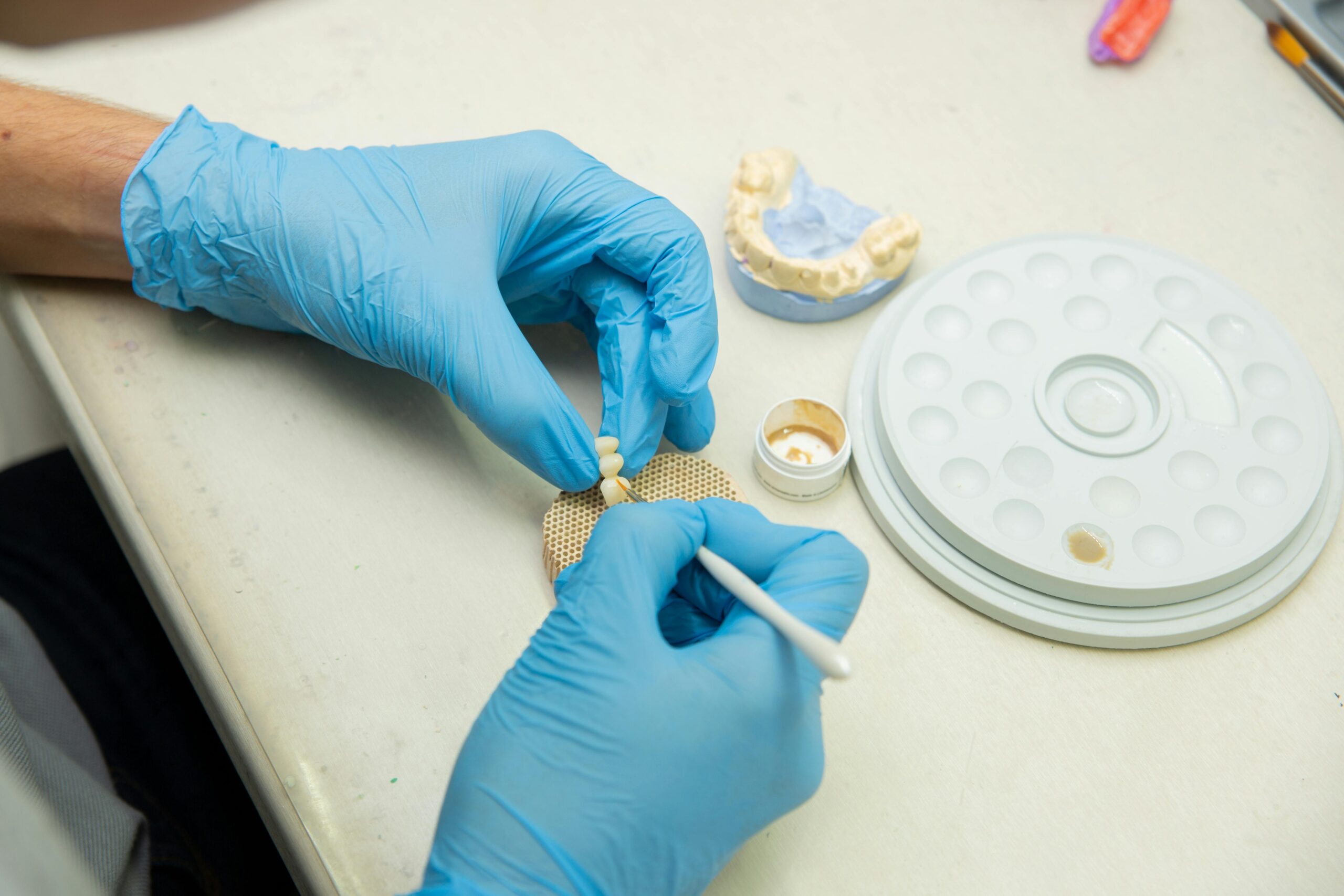
The placement of a screw-retained fixed temporary prosthesis requires careful planning and precise execution. The process begins with taking impressions and creating a digital or physical model of the future prosthesis. The temporary restoration is then fabricated in the laboratory and attached to the implants using specialized screws. This method also allows for quick and easy adjustments when necessary, ensuring optimal fit and patient comfort.
Testimonials and Case Studies
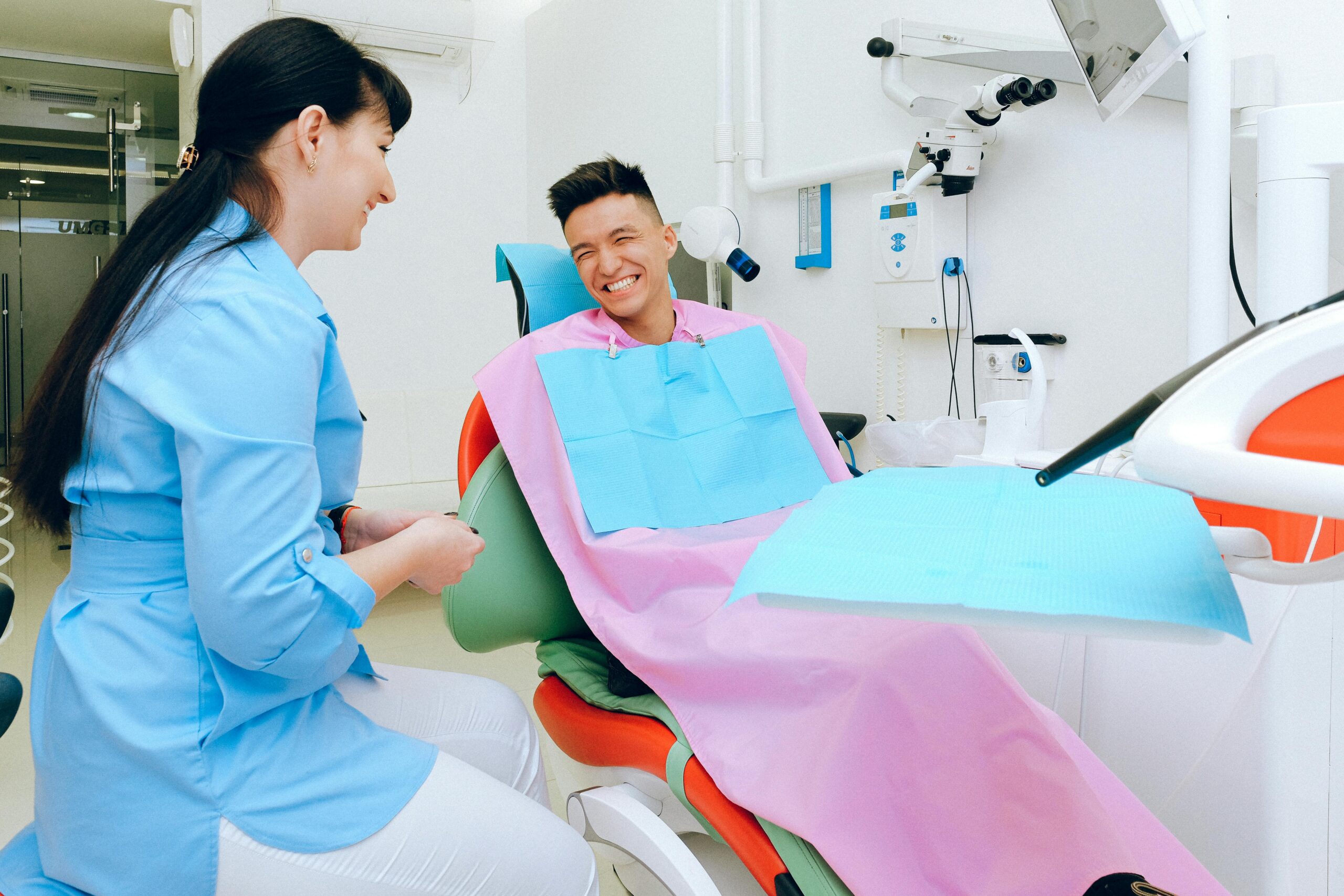
Many patients have reported highly positive experiences with the screw-retained fixed temporary prosthesis. Case studies reveal a significant improvement in quality of life thanks to restored chewing function and enhanced appearance. For example, a patient who had lost several teeth regained a natural smile and normal dental function within just a few days of implant placement. Dental professionals also report fewer post-operative complications and higher overall patient satisfaction.
The screw-retained fixed temporary prosthesis represents a significant step forward in the treatment of edentulism. It combines aesthetics, functionality, and comfort, while offering essential protection during the healing period of the implants. This temporary yet effective solution is increasingly favored by implant specialists and their patients alike.

